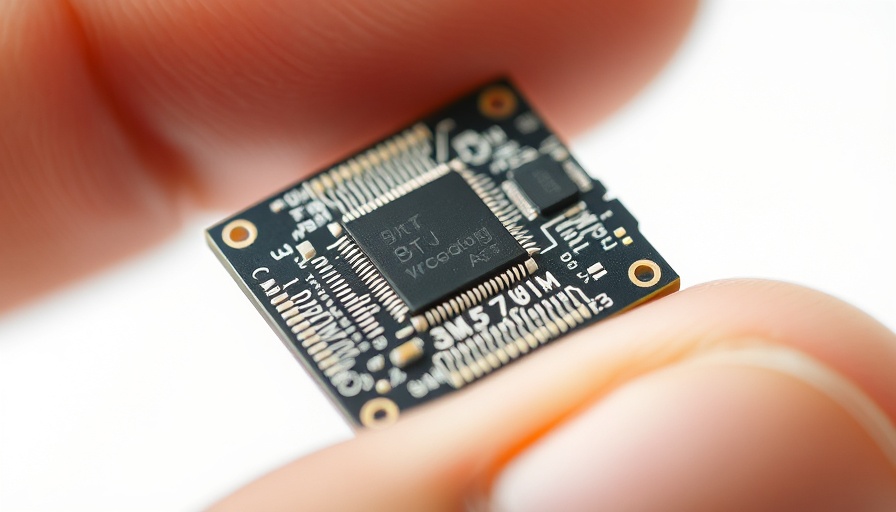
Quantum Dots: Navigating the Future of Technology
Quantum dots are tiny semiconductor nanostructures that have garnered attention for their ability to emit light on demand, making them crucial in the evolution of quantum computing. Yet, despite their promise, deploying quantum dots in practical applications has been thwarted by their inherent variability. Every quantum dot behaves differently and emits slightly different colors, creating hurdles for researchers attempting to work with multiple dots simultaneously. A recent breakthrough could change that.
Condensing Complexity: Innovations in Photon Emission
Researchers, led by Vikas Remesh from the University of Innsbruck, have devised an innovative strategy to produce streams of precisely controlled photons from quantum dots. Historically, the process required expensive electronics to manage multiple quantum dots. However, this team has developed a method that employs a purely optical technique known as stimulated two-photon excitation. This novel technique eliminates the need for costly electronic components, simplifying the systems while enhancing efficiency.
This advancement not only reduces costs but also facilitates the production of high-quality, polarization-specific photon states from a single quantum dot, reducing losses that typically arise from traditional multiplexing techniques. The researchers showcased this by generating two-photon states with remarkable single-photon properties, hinting at an exciting future for quantum technologies.
Potential Transformations in Quantum Computing
The implications of this breakthrough extend well beyond just photon emissions. Quantum computing relies heavily on the ability to manipulate qubits, which can exist in multiple states simultaneously, making them vastly more powerful than traditional bits. With the introduction of smarter and cheaper quantum dots, we may very well witness a revolution in how quantum computers are built and operate.
Imagine secure communications that are resistant to eavesdropping, or advanced experiments pushing the boundaries of physics. The versatility and cost-effectiveness of these new quantum dots make them ideal candidates for a myriad of applications ranging from communication technology to intricate physics experiments.
The Role of Collaboration in Scientific Advancements
Remesh's study involved an international team from esteemed institutions, including the University of Cambridge and Johannes Kepler University Linz. This collaboration underscores the importance of interdisciplinary research in the rapid evolution of scientific domains, particularly in cutting-edge fields like quantum computing.
The synthesis of diverse expertise plays a crucial role in tackling the intricate challenges presented by quantum technologies. By uniting talents from various backgrounds, researchers can leverage unique perspectives, driving innovation that significantly propels the field forward.
Future Directions: Optimizing Quantum Technologies
As the boundary between science fiction and reality continues to blur, optimizing the technology underpinning quantum computing remains key to advancements. The work conducted by Remesh and his team represents a foundational step towards practical applications. By successfully transferring complexity from expensive electronics to optical techniques, their research paves the way for further exploration of quantum technologies.
Looking ahead, as more researchers adopt such techniques, we can anticipate leaps in capabilities that may soon make quantum computing more accessible and versatile. As interest in quantum technology grows, the potential applications across various sectors—ranging from healthcare to secure data transmission—could reshape global industries.
Conclusion: Embracing the Quantum Leap
The advancements in quantum dot technologies signify not only a leap for quantum computing but also a moment of optimism for future scientific endeavors. With continued exploration and collaboration, quantum technology may become central to solving some of the world’s most pressing challenges.
As we stand on the precipice of quantum computing's future, the significance of these developments cannot be overstated. The evolution of quantum dots from a theoretical concept to an integral part of technology represents a promising trajectory that could redefine our relationship with technology and innovation, ushering an era defined by unprecedented advancements.
 Add Row
Add Row  Add
Add 




Write A Comment